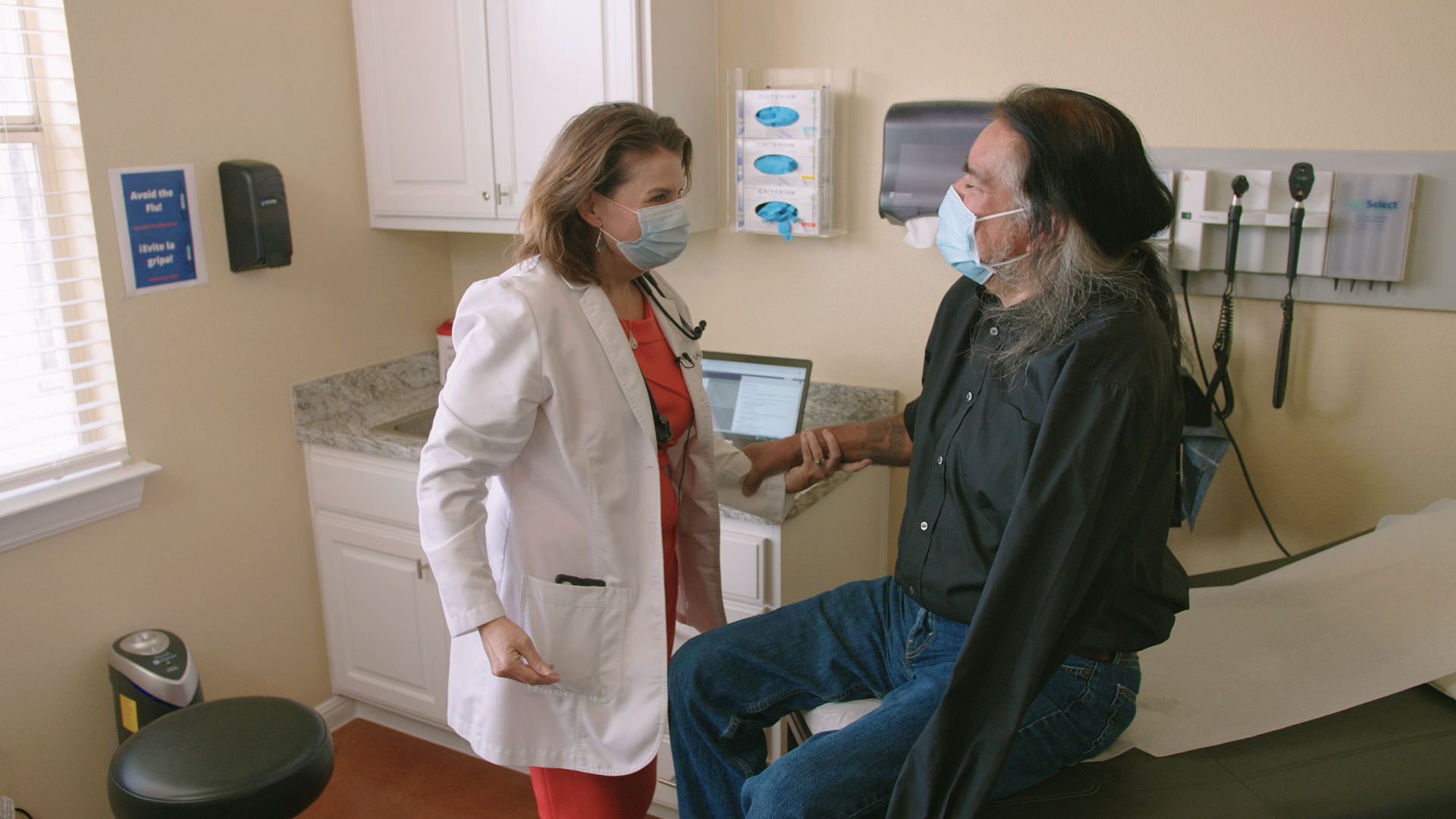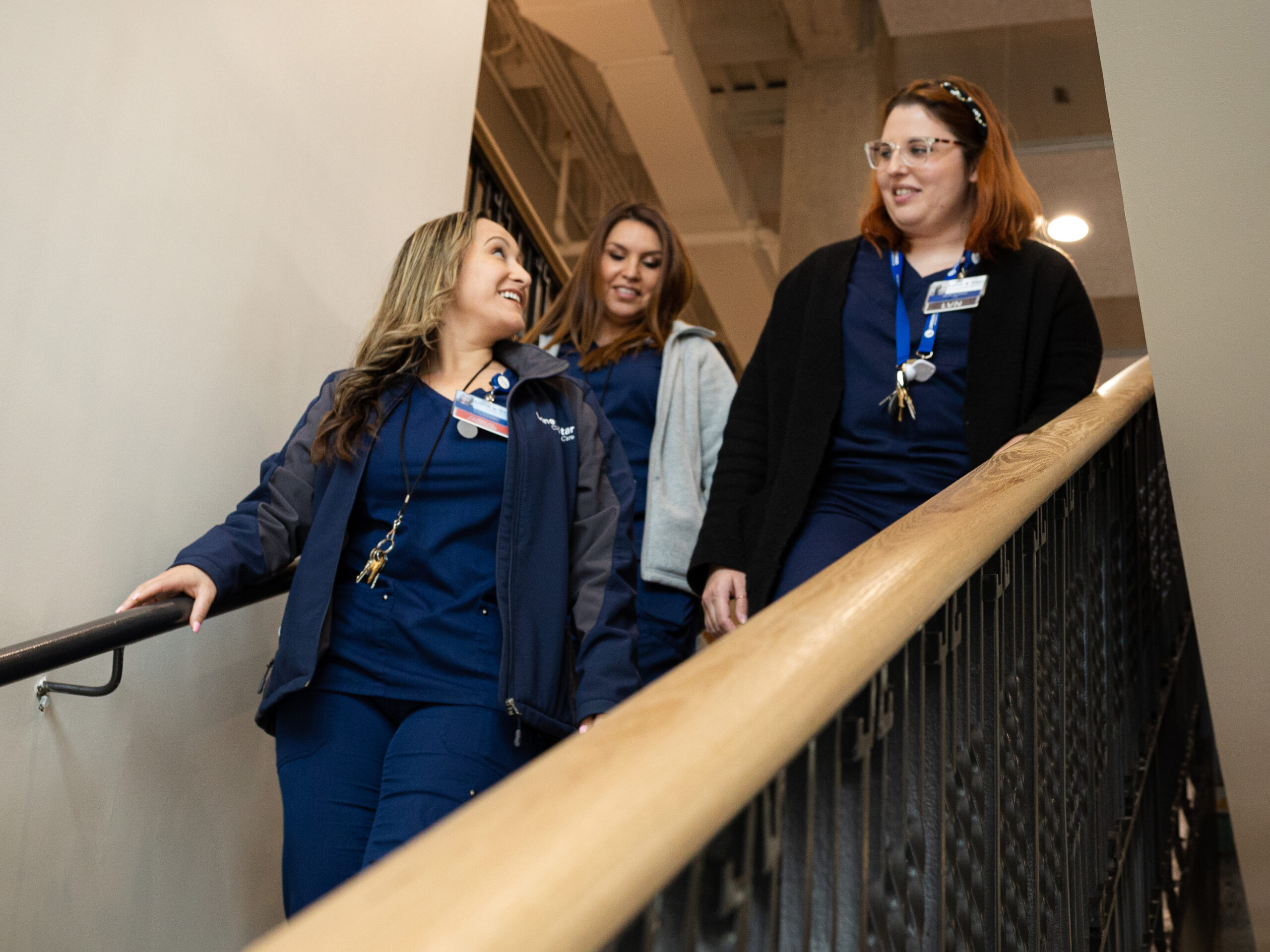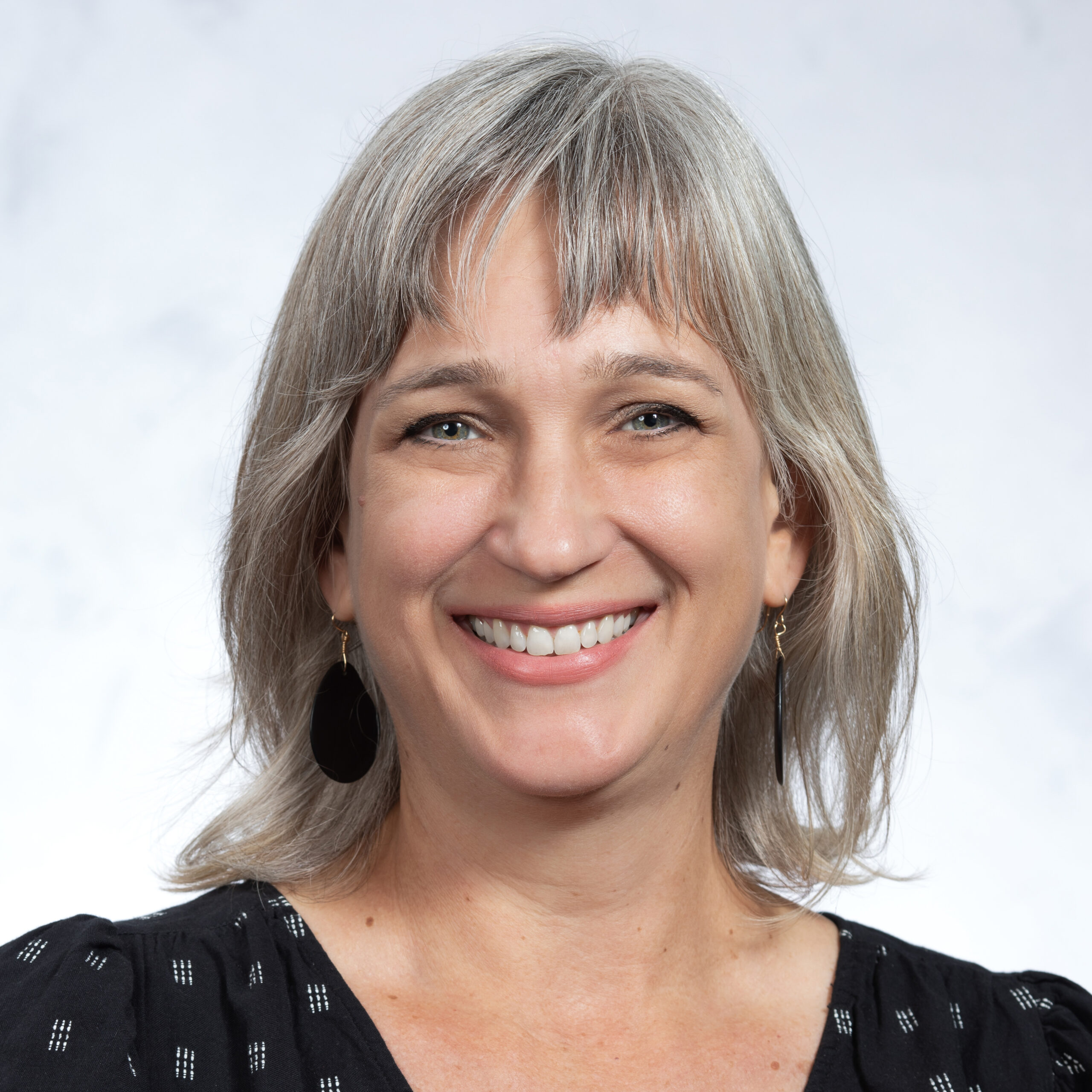Expanding access to primary care and behavioral health services for underserved individuals and families.
Our objective is to improve the health of all Central Texans, especially those who are uninsured or have inadequate health insurance. Even for those who qualify for government sponsored insurance, navigating the system is complicated. We aim to connect all our neighbors to health clinics, social services, and community resources so that they have the care and support they deserve through community hubs for health.
Individuals under a community hub model engage with their local clinic very differently. Clinics serve as an “anchor” institution that individuals can look to as an opportunity to connect with their neighbors and the broader community. While participating in health-promoting activities at the clinic, individuals may also strengthen their informal networks of support.
In very practical terms, clinics are uniquely positioned to identify the needs of patients, both medical and non-medical, and assist patients with acquiring that assistance. In order to do this, clinics must strengthen their ability to screen for social needs and develop workflows to connect patients with social services and follow-up with those patients. A few examples of non-medical needs that clinics can assist with include transportation, housing, and food security issues.
The Issue
Texas has the highest uninsured rate in the country, and an estimated 300,000 (14.5%) Central Texans do not have health insurance. Texas has not expanded Medicaid, virtually ensuring that the uninsured rate will remain high.
In addition, while some that are currently uninsured may qualify for private or government sponsored insurance, many will not pursue these options due to concerns about citizenship status, or complicated application or eligibility requirements.
Meanwhile, the healthcare funding landscape is evolving in complex and uncertain ways, particularly concerning how public resources will be allocated and what clinics will have to accomplish to preserve funding streams. Clinical organizations, specifically Federally Qualified Healthcare Clinics (FQHCs), find themselves continuing to serve their patients as they adapt to ongoing changes in how they are paid for these services and what payers are incentivizing them to do.
What is certain is that clinics are being asked to be responsible not only for the health and well-being of their own patients, but for the broader populations as well. If accomplished, this move to focusing on population health could benefit the entire community.
Our Approach
Access to care is critical—but access alone is not enough. Clinical care contributes to just 20% of a person’s overall health, while social and community conditions—such as housing, public transportation, food access, and education—contribute to the remaining 80%. We use a dual approach to include all the factors that impact health:
- Improve access to clinical care by funding clinics that serve Central Texans without insurance;
- Equip those clinics to connect patients to services and resources addressing social and community conditions.
The Foundation seeks to learn with our clinical partners how best to transition from a fee-for-service model to a community hub for health. In other words, a model that incentivizes keeping communities healthy rather than one that promotes increased procedures for sick patients. Apart from directly funding federally qualified health centers (FQHCs), we also fund research to inform our strategy.
This work intersects with all our strategic priorities. While our other four funding areas focus on specific populations like women or older adults, this portfolio focuses on a system. Clinics serve all people, and all people are impacted by community conditions in different ways. This gives our program staff opportunities to collaborate to better serve our entire community.
Goals
Long-Term Outcomes
Our goal: facilitating the growth of clinic infrastructure and capacity as they transition to serve as community hubs for health.
1.
The uninsured and underinsured have access to high quality care.
2.
Clinics are prepared to incorporate necessary changes to their care models to be able to succeed in new payment approaches that reward value over volume.
3.
Patients are satisfied with their experience as they interact with the primary care health system.
4.
Clinics deliver comprehensive primary care and interact effectively with those operating outside of the clinic to strengthen community linkages and ultimately improve the health and well-being of patients and the population overall.

Explore
-
-
Stories
November 09, 2022

-
-

